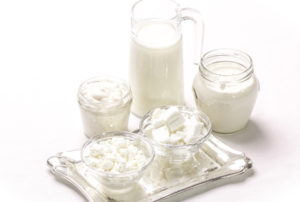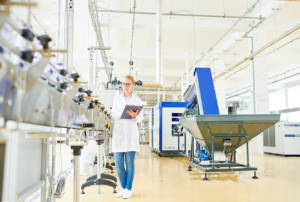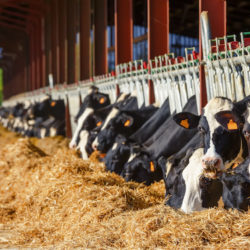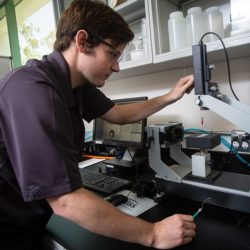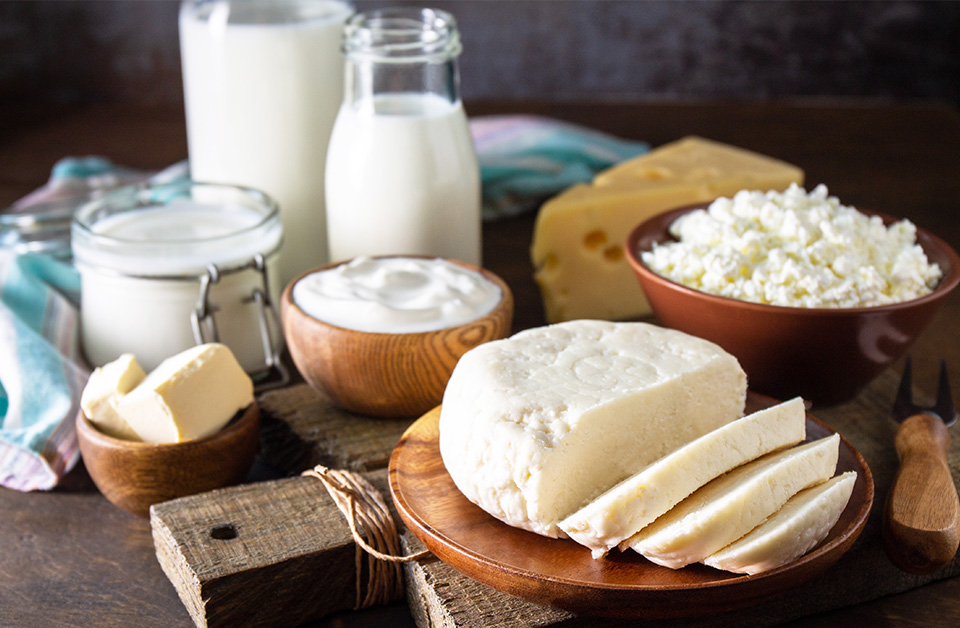
Milk Money: Exploring the Economic Benefits of Membrane Separation Systems in Dairy Processing
As the dairy industry continues to evolve, membrane separation systems have gained significant importance in milk processing and the production of high-value dairy products. These systems provide not only technical advantages but also offer substantial economic benefits, including cost savings and improved market competitiveness. Dairy manufacturers can boost their earnings by optimizing production processes, enhancing yield, and ensuring superior product quality while effectively meeting consumer demands. Numerous factors, such as equipment efficiency, energy consumption, maintenance requirements, utility expenses, labor costs, and the value of the final product influence the cost-effectiveness of membrane technology. In this blog post, we will explore the economic advantages of membrane systems in dairy processing and how they contribute to increased productivity and profitability.
Separation Economics
Due to their modular design and scalability, membrane systems have lower capital costs than other separation systems. They often require a smaller initial investment because they do not require complex or larger-scale equipment or infrastructure. These factors make membrane systems a more accessible and cost-effective option for dairy processors looking to adopt advanced separation technologies and manage their capital expenditures. As such, they present a compelling alternative to optimize production processes and reduce expenses.
In addition to lower capital costs, membrane systems require less energy than traditional separation processes, resulting in reduced utility expenses. For example, processes such as microfiltration utilize low feed pressures, reducing energy consumption from pumps and resulting in lower utility costs. Membrane separation systems often operate at lower temperatures in dairy applications than other processes requiring steam or heat. Combined, these differences result in lower utility costs.
Membrane separation plays a pivotal role in optimizing product quality by addressing concerns associated with protein denaturation, nutrient and compound degradation, as well as unwanted alterations in color and flavor. Notably, one of its key advantages lies in the ability to operate at low temperatures, typically within the range of 40-60°F (4-15°C). This characteristic minimizes protein denaturation, a frequent issue encountered when employing high-temperature methods. By circumventing excessive heat exposure, membrane systems ensure the preservation of desired textural attributes and functionality in dairy products while safeguarding the integrity of nutrients and compounds. The membranes’ ability to minimize undesired changes in color and flavor allows dairy processors to consistently deliver appealing products that align with consumer preferences. These quality advantages lead to increased customer satisfaction, brand loyalty and potentially increased market demand, ultimately resulting in enhanced profitability for businesses.
It’s important to note that the overall cost of a membrane system can vary depending on factors such as the specific application, membrane technology, desired capacity and customization requirements. However, they often offer a more accessible entry point for dairy processors than traditional separation methods, allowing for a gradual and cost-effective implementation per the processing needs and financial capabilities.
Total Cost of Ownership (TCO) Mindset
When assessing the total cost of ownership in membrane systems, it is imperative to consider a range of cost factors. Process ownership involves not only evaluating the initial capital investment but also considering labor expenses, utility costs, membrane elements, cleaning chemicals, water consumption and protein yield. It is crucial to acknowledge that not all costs hold equal weight when it comes to their impact on the overall TCO.
While reducing expenses related to cleaning chemicals, inefficient membrane use, and unexpected maintenance downtime are important, the greatest value lies in yield improvements. In dairy applications specifically, protein yield is particularly important as it contributes to more than half of the total financial impact in terms of realized gains. Dairy processors stand to gain substantial economic benefits by optimizing their processes to enhance protein yield, directly resulting in higher product quality and market value. This, in turn, enables competitive pricing and ultimately improves overall profitability.
Cost vs. Value
Lately, an increasing number of dairy processors have recognized the value of partnering with Solecta to conduct comprehensive evaluations of their operations. This collaborative approach has proven instrumental in significantly enhancing overall profitability. Solecta employs a process known as Total Value of Operation (TVO) during these engagements, which builds upon the concept of Total Cost of Ownership (TCO). Unlike TCO, which focuses solely on the cost components of an asset, TVO takes a holistic view of the entire operation, identifying opportunities to optimize asset utilization and drive revenue growth. In essence, TVO seeks to answer the fundamental question of how to maximize the financial return generated by an asset while still considering associated costs.
The economic advantages offered by membrane systems in the context of dairy processing are profound and diverse. These systems not only deliver cost savings and improved product quality but also enable the optimization of yield and enhance market competitiveness. Embracing membrane technology empowers dairy processors to achieve heightened profitability, reduce expenses, and effectively meet the ever-growing demands of discerning consumers. As the dairy industry evolves, integrating membrane systems into processing operations is a strategic decision that improves efficiency, strengthens the bottom line, and establishes a foundation for sustained success and long-term profitability.
Related Resources in the Knowledge Hub
Let’s Keep in Touch
Follow Solecta on LinkedIn and join our mailing list to keep up with our latest news.
Explore the Possibilities
Our team of application engineers and domain experts understands your industry’s unique challenges. (They’re also eager to solve them.)

